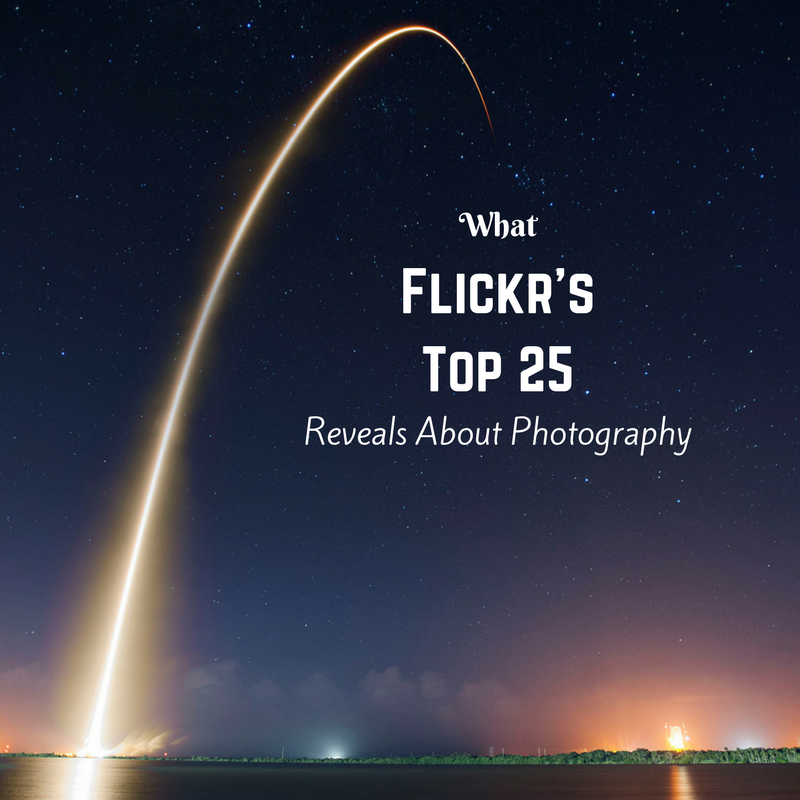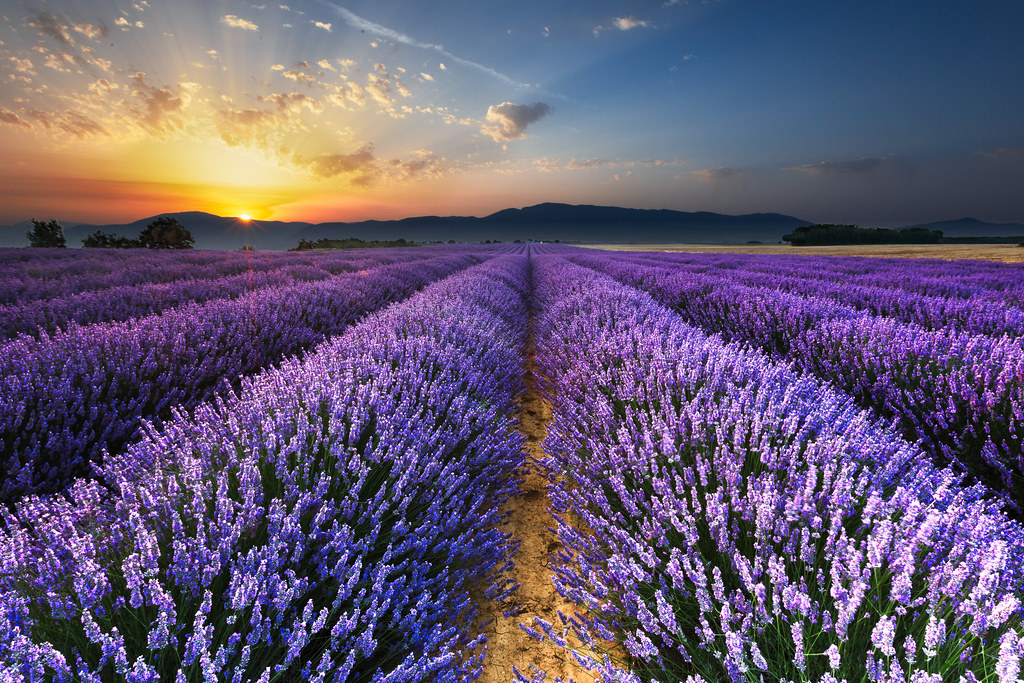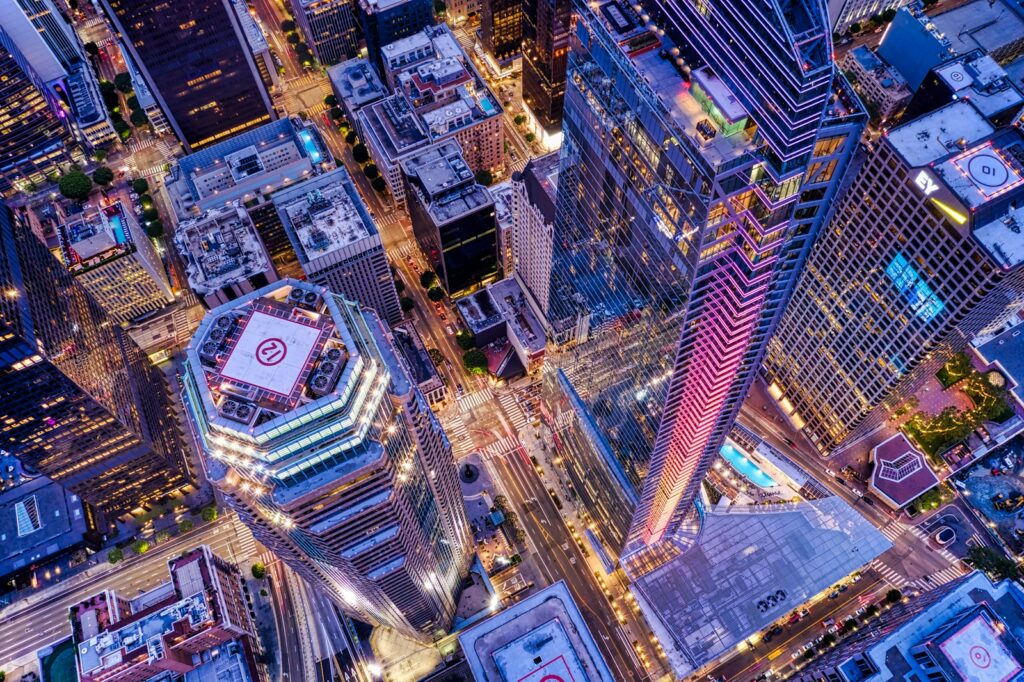
It’s always interesting seeing what “works” with an audience in photography. Flickr provides a great opportunity to trawl through a bit of that and their yearly “top 25” is a great chance for photographers to get a few “data backed” tips on how to wow an audience.
Image Credit: SpaceX
2015's top 25 from Flickr revealed quite a lot about the state of photography. Of the top 25, 18 contained EXIF data which allows us to get quite a bit of information about the photos and the recurring elements of those photos that seem to work with a broader audience in sending a photo onto popular lists and the like at Flickr.
So let’s jump in and take a look at what we can glean from the list and the EXIF data.
How Did Flickr Judge the Top 25?
It’s always important to consider HOW the list was compiled. Luckily, Flickr tells us exactly how! Here’s what they had to say:
“We’ve compiled this list based on a number of engagement and community factors. The photos were scored by an algorithm that calculates a combination of social and interactive elements, including how often the photo had been faved and viewed, among numerous others.”
Now, however you interpret that, it basically means that these 25 photos were very, very popular. They may or may not have been popular with a professional judging panel, but they were most certainly popular with the wider community. Take the conclusions of this article with that in mind.
What Subjects Do Popular Photographs Show?
11 Had people (9 shot in horizontal orientation).
23 of the top 25 photographs on Flickr were shot with a horizontal orientation. That means that audiences are reacting strongly to either that orientation, or (more likely) the subjects that are generally shot with a horizontal orientation. Traditionally, that would be landscapes and the like, but this year throws up a slight surprise on that front. Read on.
11 of the top 25 on Flickr for 2015 were people shots. The surprising stat for the people shots is that 9 were shot in horizontal orientation meaning these photographs have basically rejected the traditional vertical portrait. The vast majority of those 9, however, are what might be considered “environmental portrait” which place the human subject in the context of their surroundings. This could explain the choice of the photographers to go with the horizontal orientation.
Either way, an environmental portrait in a horizontal orientation appears to be a popular choice with the users of Flickr.
3 of the shots containing people were black and white.
What Programs Are Photographers Using for Post Production?
With so many amazing pieces of software available to photographers these days, we were expecting to find quite some diversity in the programs used for post production of the top 25 on Flickr. We found the opposite.
Adobe programs were responsible for ALL of the top photographs’ post production for which that information was available.
9 of the photographs used Photoshop for post production, 8 used Lightroom and 1 used Elements. An Adobe clean sweep.
Coincidentally, this fully supports our own findings on the current state of post production software for photography with our best photography software chart.
What Creative Choices Are Photographers Using?
Black and white was a surprisingly unpopular choice for popular photographs with only 3 of the 25 images shot in BW. Colour was the choice for 22.
With so many conversations in photography turning to the modern trend of over saturation, you might be forgiven for thinking that oversaturation would dominate these 22. In fact, only 10 might be what you could consider on the “over saturated” (or at least very colourful) end of the spectrum and that is, of course, a subjective judgement.
Undersaturated colour images accounted for 3 with 12 of the 22 colour photographs well in the realms of realistic saturation.
The Biggest Takeaways from Flickr's Top 25
Adobe is a clear winner is post production programs used by the best of Flickr. Colour photographs are dominating. In people photography, if you want a popular photography, you might want to seriously consider a well composed, shot and post-produced environmental colour portrait without pushing the saturation too much.
A Popular Flickr Photograph By the Numbers
Here’s the breakdown by the numbers. You can probably pull more out of the list, but these are the significant numbers that we thought were worth talking about. While this data is specific to Flickr, they have a very large audience so you can probably apply it to other site and the wide photography loving audience with some degree of confidence.
Total Photographs: 25
Photographs with People: 11
- Outdoor: 8
- Indoor: 3
- Horizontal Orientation: 9
- Vertical Orientation: 2
Photographs Taken Outdoors: 22
- Outdoor People: 8
- Seascape: 1
- Architecture: 4
- Landscape: 5
- Underwater: 1
- Animal: 1
- Astrophotography: 3
Photographs Shot in Colour: 22
- Oversaturation: 10
- Undersaturation: 3
- Realistic saturation: 12
- Black and White: 3
Updates and Additions!
You asked so we delivered! Here are a few more juicy stats that we were able to glean from another look at the data!
Equipment – 13 of the 18 shots that had EXIF data showed that a DSLR was used with 5 being mirrorless cameras. 14 of the cameras (of the 18 with EXIF) showed the camera was a full frame (13 DSLRs and one mirrorless). 3 were cameras with APS-C sensors. 6 used a telephoto lenses.
Perspective – 13 of the 25 shots were wide angle.
Composition – 15 of the 25 approximately used the “rule of thirds” in their composition. Furthermore, 23 of the 25 had an obvious center of interest while only 2 did not. 5 used leading lines and only 2 employed symmetry.
Time of Day – 13 of the photos were taken in the golden hour, 9 photos in the middle of the day and only 3 photos at night. 4 of the 25 shots were long exposures.
A Request
Now, we did this quite late. Things change, and Flickr’s top 25 is due out in another 2 months, so we are definitely going to do something like this again. But we need your help! What are the stats we should have talked about that we missed? What do you want to know? We will do the research if you ask the questions so leave a comment and let us know!









12 Comments
How many wide angle shots?
All DSLRs?
It would be interesting to compare histograms of them.
Would like to look at the number of views these images receive!
How many used rule of thirds? How many of landscape images used obvious foreground element? How many did or did not have obvious center of interest? What other common compositional guidelines were used or not used? How many used Nik or Topaz plug-ins? How many combined more than one image? HDR? Focus stacking? Macro? Telephoto?
I think the strong preference for horizontal shots may also be driven by the viewing medium, i.e. computer screens which themselves are typically wider than they are tall. A photo taken in a vertical/portrait format comes up much smaller and less pleasing on the computer screen, with black or white down the side, and unless one takes the time to zoom in, appears to have much less detail than a similar shot in the horizontal format.
Good point.
The lavender photo has nearly 1/4 million views, looks like it is also linked to several social media sites,
So views probably are taken into account
technical information please. full frame vs crop? focal lengths (wide, portrait, zoom, telephoto)? apparent hour of day (if possible – golden hour, midday, night)? shutter duration (long exposure, still photo)?
for me, the focal lengths would be the most important as I have issues with choosing the right length for the situation.
thanks.
What proportion taken by professionals? (Is that information available)?
Agree that DSLR vs mirrorless would be interesting.
I take issue with the statement “In fact, only 10 might be what you could consider on the “over saturated” (or at least very colourful) end of the spectrum and that is, of course, a subjective judgement.”
How is 10 out of 22 worthy of an “only”?!
I’d love to know how many of the top 25 photos sold as prints.
I think will be easy for everybody to have the top 25 photograph available to evaluate individually by each of us. Thanks & regards
You should have note how often animals appear in these photos, with or without people.
Flickr stats say that the most popular camera is an iPhone 6. I wonder how many of those photos were taken by a smartphone.